From the Beiqi Jihu alpha s with a price of 251900 yuan to the Mercedes Benz EQS with a maximum guidance price of 1518600 yuan, almost all electric cars give people the impression that they are too fat from the side. The body height of the extreme fox alpha s is 1599 mm, while that of the Honda Accord, which is basically the same as its length, is only 1449 mm, a difference of 15 cm, almost the same as the palm length of an adult woman.

Polar fox α S

Accord 2022 Rui · hybrid 2.0L magic night · RUIZUN version photo source: Automobile home
However, just looking at the book data, you may not feel the bloated of electric cars. After all, the height of Mercedes Benz EQs 1512mm is not much different from that of Mercedes Benz S-class 1503mm. But when you see the side shapes of the two cars, you obviously feel that the car is lower than the S-class, "I don't know where it is".
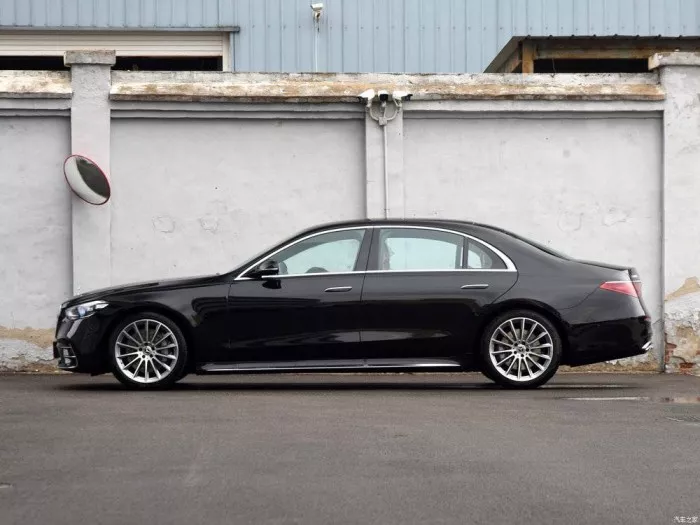
Mercedes Benz S-class 2022 model changed to s 450 L 4matic picture source: Automobile home

Mercedes Benz EQS 2022 580 4matic image source: Automobile home
The reason for this result is that the battery pack located at the chassis of the electric vehicle raises the height of the whole vehicle
Excellent models such as Benz EQS use more ingenious engineering design to control the body height at a size similar to that of the S-class fuel vehicle. Even if the "poor students" like Feifan er6 adopt the design of "stealing space" such as large rear glass windows, they can only provide users with such a cramped rear space.
I believe that most of the friends who have taken an online car hailing in Shanghai and called this car may have had such a bad experience as the test drive editor in the picture.
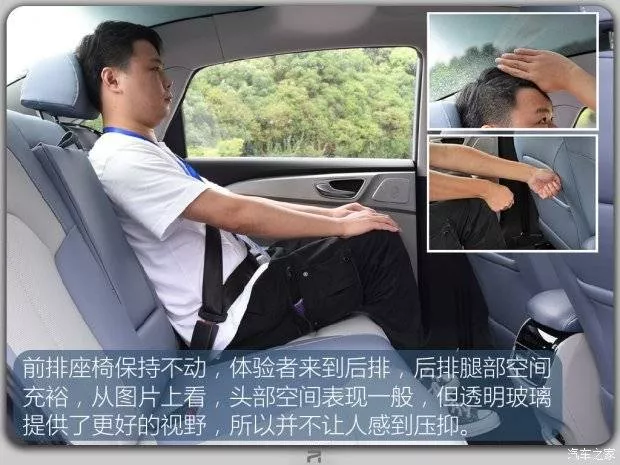
Interior space in the rear row of Feifan er6 source: Automobile home
Therefore, in order not to let passengers "kowtow" in the back of the electric vehicle, the majority of car companies broke their hearts The latest achievement around this goal is CTC battery chassis technology.

To say what CTC battery chassis technology is, we must first understand why the battery pack used to be so thick. In fact, the huge battery pack we saw on the electric vehicle has such a structure:
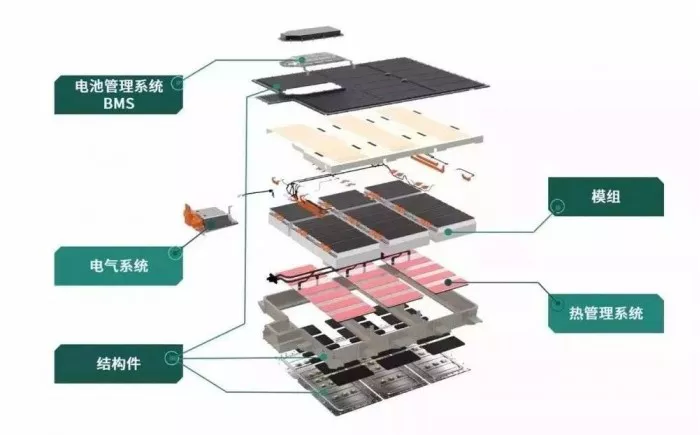
In the electric vehicle industry, the battery pack is abbreviated as pack, which is composed of Battery Management System BMS, electrical system, structural parts, thermal management system and modules. Among the modules, the core energy storage units in the battery: cells are arranged and distributed.
Finally, the entire battery pack will be integrated into the vehicle chassis to provide energy for the electric drive system.
In the past, as the electric vehicle market was still in its infancy, the competition was not fierce. Moreover, the national subsidy is based on the battery mass and energy density, rather than the actual use indicators such as the energy consumption of the whole vehicle system. Therefore, the vehicle enterprises have not made much effort in this regard So we can see that the middle of the chassis of the old generation pure electric vehicles, including BYD E6 and Geely Dihao EV, all have heavy battery packs like the following. Even the sinking thickness of the battery pack has exceeded the lower edge of the side of the car body

2018 BYD E6 elite chassis
However, with more and more models and products, and more and more users begin to recognize the product power of electric vehicles, the huge battery pack can no longer meet the needs of users. On the one hand, too large battery pack will reduce the minimum ground clearance of the vehicle body, resulting in the reduction of vehicle trafficability. What's more, it looks too ugly from the side. Even Mazda, who is quite proficient in aesthetics, produces an electric car cx-30 EV, which is very much like a hippopotamus with an overweight stomach;
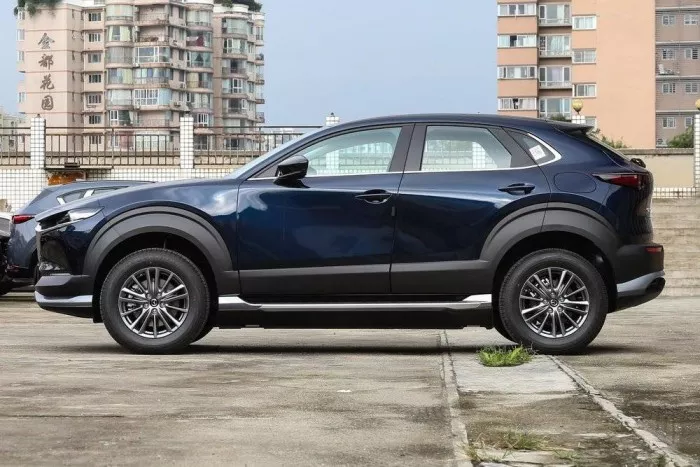
On the other hand, the space and comfort of the vehicle, together with the range, have become the key factors for consumers to choose an electric vehicle. Therefore, how to optimize the body size has become a problem on the table of car enterprises. The battery pack, which has seriously affected the vehicle shape and driving quality, has become the first problem to be solved.
At present, the battery pack is divided into three development stages in the electric vehicle industry chain. Among them, the hierarchical structure composed of cell module pack (i.e. battery pack) is called stage 1.0; Remove the modules or reduce the number of modules, and directly group the cells to form a pack. This structure is called CTP (cell to pack), and Ningde era has made a large resource layout in this regard; Finally, the ultimate solution is: ctc, namely cell to chassis, which places the battery directly on the chassis, that is, the legendary battery chassis
Tesla, the pioneer and leader of the global electric vehicle industry, has gone through a complete process for this technology. When Tesla released the first electric car model s in 2012, the vehicle was equipped with more than 7000 18650 lithium batteries, which were divided into 14 to 16 modules. There are three core reasons why these thousands of cells are divided into 14 to 16 modules and finally grouped:
First, the battery management System BMS at that time was not advanced enough to control the charge and discharge of each cell. Just like a large company with 10000 employees, the leaders have no experience to pay attention to the OKR completion of each employee, so they must appoint "department leaders".
Second, the problem of out of control battery heat will lead to vehicle fire and explosion. This hidden danger still plagues the electric vehicle industry, but it has occurred more frequently in the past. Therefore, the automobile manufacturers need to physically isolate the battery to avoid the battery cells burning continuously, so as to win the escape time for the passengers on board after the accident.
Finally, the battery pack also needs a support structure inside to help the body resist the vertical and horizontal shear force. For example, in the battery pack of a square battery, there is a "well" shaped stiffener, which can also be arranged in the gap between modules.
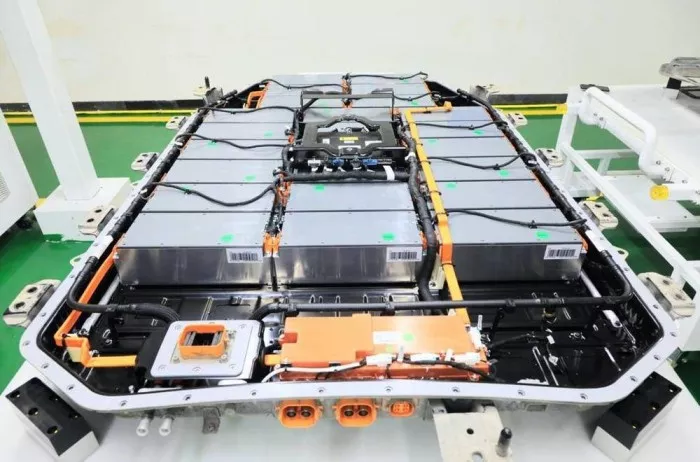
However, the existence of the module inevitably occupies the space of the cell According to the Occam razor principle of "do not add entities if it is not necessary", if vehicle enterprises want to reduce the overall volume of batteries and improve battery life, they must reduce various structures in the battery system and increase the proportion of cells as much as possible. Therefore, Tesla began to use 21700 batteries with higher energy density and larger capacity as vehicle energy storage units in 2017, and reduced the number of modules to 4 It should be noted that the number of modules is close to that of many battery manufacturers who claim to have made CTP technology
Finally, in April this year, Tesla announced that the model y, which was offline in the Texas factory, began to use the energy unit composed of 4680 batteries and adopted the scheme of CTC battery chassis for vehicle assembly. At this time, the model y has adopted a completely module free design. All batteries are placed on the chassis, arranged in a honeycomb shape, and the vertical body structure size is reduced. The batteries directly provide force support on the upper and lower plates, strengthening the torsional resistance when the vehicle is facing extreme driving.
The benefits of Tesla CTC battery chassis scheme are obvious. Compared with the model y produced by the Shanghai plant, the weight of the model y produced by the Texas plant decreased by 10% and the mileage increased by 14%. More importantly, the unit cost of manufacturing was reduced by 7%, the unit investment was reduced by 8%, and the production efficiency of the factory was greatly improved
In fact, Tesla is not only aware of the benefits of the CTC battery chassis scheme. Volkswagen, Volvo, Bosch and other auto companies and suppliers are all in the layout of related fields, and mass-produced models will also be listed in the next year. In contrast, this time, the domestic zero - run cars were ahead of their international counterparts. On May 10, C01, the first mass production vehicle equipped with CTC scheme, was released and pre sold.

According to the introduction, the realization method of Zero run CTC battery chassis is to integrate the battery, chassis and lower body. Among them, the battery is arranged between the lower vehicle body structure and the battery tray, which reduces the redundant structural design, thereby reducing the number of energy components and improving the lightweight level. In terms of Zero run, the CTC battery chassis also complemented the body and battery structure, enhanced the impact resistance of the battery, and increased the torsional stiffness by 25%. At the same time, the endurance of the vehicle was also increased by 10%.
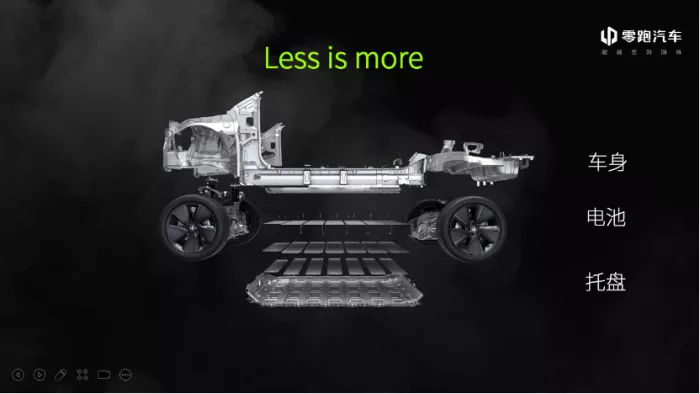
More importantly, the Zero run CTC scheme reduces the installation gap between the battery pack and the vehicle body, saving 10mm of the vertical space of the vehicle body. Combined with body engineering and styling design, the side styling of Zero run C01 is significantly more body-building than the previous two lines, and the content of "fat" is lower.
However, although zero race has opened the pre-sale and announced a price range of 180000 to 270000 yuan, it is still uncertain when the vehicle will be delivered to the market. In fact, Hu olfactory speculates that Zero run is likely to take some time to digest the CTC battery chassis technology and manufacturing process. After all, everyone knows the benefits of this technology, but the engineering and technical challenges are enormous.
Relevant R & D personnel of Youpao technology told huolf that the key technical difficulties in building CTC battery chassis are the safety, reliability, sealing and connection technology of power battery. Nowadays, the battery packs of electric vehicles are independently arranged on the chassis, so the waterproof sealing process is more about the battery pack itself. After several years of R & D and process evolution, relevant technologies have matured. In recent years, we often see at large and small auto shows that car companies have adopted to put the battery pack into the fish tank in order to prove the safety of the battery with the fish in the tank.
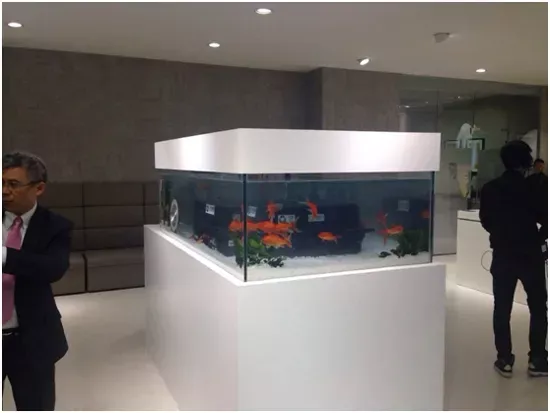
However, if the CTC battery chassis is used, the chassis, vehicle body and floor will become the shell of the battery cell, and the tightness must be ensured. These components are related to the car body. In the past production and processing, waterproof and sealing are not the primary factors to be considered by car enterprises. However, the poor working environment of the automobile chassis makes the chassis parts more vulnerable to damage. If a higher standard of safety design and product definition cannot be achieved, the probability of battery leakage and short circuit risk will also be higher.
What's more, the CTC battery chassis will further increase the maintenance cost of electric vehicles after a collision As there is no supporting structure between modules, once a major accident occurs, the cells are likely to squeeze each other, and eventually a large area of damage or even all scrap Of course, even if there is no collision, if a certain cell fails, it may also require overhaul or even disassembly of the chassis, which is very expensive. At present, Tesla claims that it has developed hinges and rails on the chassis to replace the battery, but the actual effect needs to be verified Therefore, we can infer that the insurance company is likely to give a higher price to the models with CTC battery chassis. Tesla does its own insurance business, and the probability is also strongly related to this technology
It is true that CTC battery chassis technology poses a greater problem for automobile enterprises, but the majority of automobile enterprises are still flocking to it. In addition to the consideration of building stronger product power, there is also the ambition of vertical industrial integration. After all, with the intensification of the tension in the supply chain and the rise in raw materials, electric vehicle enterprises are seeking stronger control over the industrial chain.

"There is no technical route for CTC battery chassis. The specifications and sizes of the batteries used by each company are different, and the integration methods adopted are also different." The battery R & D personnel of Youpao said to Huxiang. In his opinion, there is neither a clear definition nor a corresponding standard for the concept of CTC in the market However, as a technology hotspot, people rely on this concept for their own technology. Some integrate large modules into a large flat plate and then install them on the car body, which is also known as CTC
In the final analysis, the shape and size of the vehicle platform of each car company are different, so they have their own customized requirements for the size and shape of the battery. As a supplier, battery manufacturers tend to provide standardized battery products for various enterprises based on the consideration of cost reduction and efficiency increase. Among them, cylindrical battery manufacturers such as Panasonic and LG provide 18650 and 21700 batteries. Battery giants like Ningde times tend to provide square batteries.
As the CTC battery chassis scheme has become an industry consensus, all car companies have begun to put forward their own battery needs. After all, with the leading effect of Tesla, the car companies, while realizing the feasibility of this technology, also lit up the wild hope of vertical integration in their hearts.
CTC battery chassis puts forward higher requirements for battery management control and body matching, which needs to be considered and laid out from the definition stage of products and even the whole vehicle platform This part of the capability is only available to car enterprises Compared with the square battery in Ningde era, the cylindrical battery with smaller cell volume, higher energy density and more flexible layout began to be favored by car companies.
Therefore, we can see that BMW has been researching and developing 4690 cylindrical batteries, and it is expected to achieve mass production in 2024. Great Wall Motors has also developed jelly batteries, which will be used in the saloon, Wei and other brand models of the group. Not to mention BYD, the king of vertical integration in the automotive industry, which released blade batteries in 2020. Through structural optimization, the lithium iron phosphate battery is changed into a rectangular thin plate and stacked longitudinally in the chassis, so that the battery shell becomes a transverse and vertical reinforcing structure of the chassis.
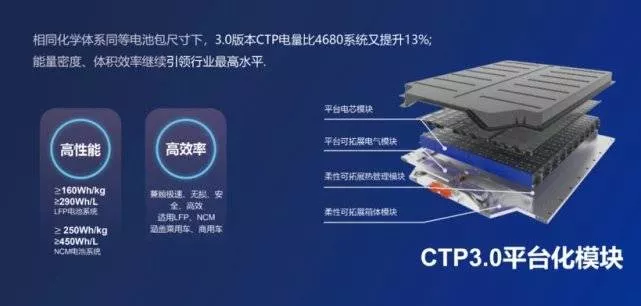
In this regard, Ningde times also continues to make efforts in its own square battery track. According to the information released by the company, kylin battery, the third generation CTP battery technology developed by the company, "has 13% higher energy density than 4680 battery" However, it will take time to prove how this battery actually performs and which car companies will choose it in the CTC scheme
For automobile enterprises and battery manufacturers, the R & D and game around CTC battery chassis has become the theme of the next stage. It is believed that with the evolution of technology, the body shape of electric cars will change from bloated to slim. The passengers in the back row won't take the bus for 15 minutes. They have banged their heads 50 times.